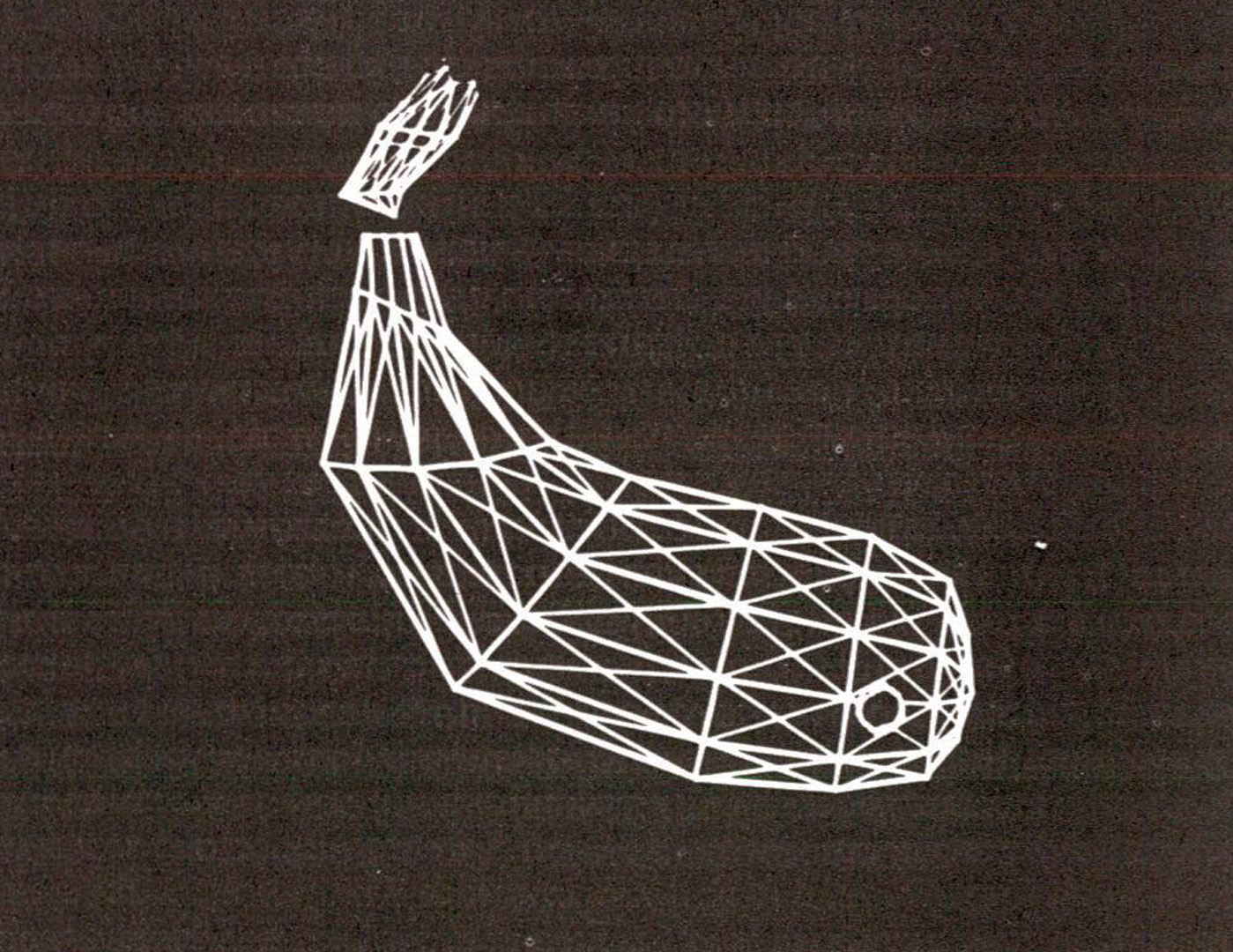“A system for sculpting 3-D data” by Parent
Conference:
Type(s):
Title:
- A system for sculpting 3-D data
Presenter(s)/Author(s):
Abstract:
A major research area in 3-D computer graphics is the inputting of complex descriptions. This paper describes our current attempt at solving that problem: creation of a sculptor’s studio-line environment in which the user is provided with various tools to shape, cut and join objects. The emphasis of the implementation has been on naturalness and habitability. The issues involved in designing such a system, especially in a minicomputer-based color raster-scan animation environment, are discussed. The basic algorithms are described in some detail and a fast efficient implementation of a hidden-line algorithm is explained.
References:
1. Chandrasekaran, B.; Parent, R. “Moulding Computer Clay – Steps Toward a Computer Graphics Sculptors’ Studio,” Pattern Recognition and Artificial Intelligence, Academic Press, 1976.
2. Defanti, T. A. “The Graphics Symbiosis System — An Interactive Minicomputer Graphics Language Designed for Habitability and Extensibility,” Ph.D. Thesis, The Ohio State University, 1973. Also technical report, Computer Graphics Research Group.
3. Gillenson, M. L.; Chandrasekaran, B. “A Heuristic Strategy for Developing Human Facial Images on a CRT,” Pattern Recognition, Vol. 7, 1975, pp. 187-196.
4. Sutherland, I. E. “Three-Dimensional Data Input by Tablet,” Proc. of the IEEE, Vol. 62, No. 4, April 1974.
5. Thorton, R. W. “MODEL — Interactive Modeling in Three Dimensions Through Two-Dimensional Windows,” Master Thesis, Cornell University, 1976.
6. Lafue, G. “Computer Recognition of Three-Dimensional Objects from Orthogonal Views,” Carnegie-Mellon University, Institute of Physical Planning, Research Report No. 56, September 1975.
7. Shirai, Y.; Tsuji, S. “Extraction of the Line Drawings of 3-Dimensional Objects by Sequential Illumination from Several Directions,” Second International Joint Conference on Artificial Intelligence, London, September 1971.
8. Baumgart, B. G. “Geometric Modeling for Computer Vision,” Stanford University, Department of Computer Science, available from NTIS as AD-A002, October 1974.
9. Braid, I. C. “The Synthesis of Solids Bounded by Many Faces,” CACM, Vol. 18, No. 4, April 1975.
10. Yoshimura, S.; Tsuda, J.; Hirano, C. “A Computer Animation Technique of 3-D Objects with Curved Surfaces,” Proc. of the 10th Annual Meeting of UAIDE, Los Angeles, October 1971.
11. Davis, J. R.; Nagel, R.; Guber, W. “A Model Making and Display Technique for 3-D Pictures, Proceedings of the 7th Annual Meeting of UAIDE, San Francisco, October 1968.
12. Sutherland, I. E.; Sproull, R. F.; Schumacker, R. A. “A Characterization of Ten Hidden-Surface Algorithms,” ACM Computing Surveys, Vol. 6, No. 1, 1974, pp. 1-55.
13. Encarnacao, J. L. “A Survey of and New Solutions to the Hidden Line Problem,” Proc. Interactive Computer Graphics Conference, Delft, Holland, October 1970.
14. Loutrel, P. “A Solution to the Hidden Line Problem for Computer-Drawn Polyhedra,” IEEE Trans. Computers, March 1970.
15. Burtyk, N.; Wein, M. “Interactive Skeleton Techniques for Enhancing Motion Dynamics in Key Frame Animation,” Comm. Association for Computing Machinery, Vol. 19, No. 10, October 1976.
16. Myers, A. J. “An Efficient Visible Surface Program,” Technical Report, Computer Graphics Research Group, The Ohio State University, July 1975.




